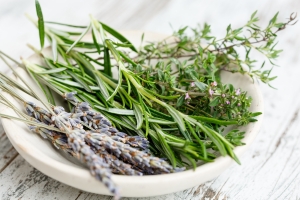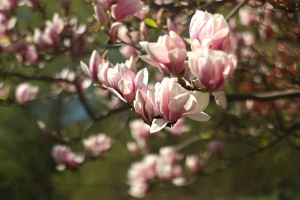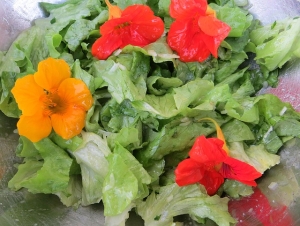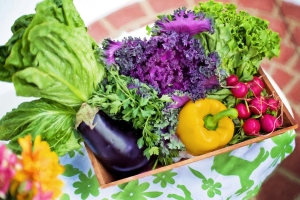Five Reasons Fall is a Great Planting Season
Fall is a great time to…
When fall rolls round most gardeners begin to wind down their gardening activities to start getting their landscape ready for winter. Time is spent mulching, raking leaves, and cleaning tools before setting them aside til spring.
What is often overlooked is that fall is a great time to plant trees, shrubs, perennials, and bulbs! Here’s why.
Moderate Temperatures
Warm temperatures coupled with cool nights are the perfect conditions for both gardeners to work without the searing summer sun and for new plants to begin to establish themselves. Planting in fall will yield wonderful surprises in spring.
Fewer Plant Pests
Pests like aphids, caterpillars, and beetles are nowhere to be found creating a healthier environment in which plants encounter fewer bug assaults.
Roots Take Hold
Planting trees and shrubs in fall gives them a month or so of growing time before turning dormant for the winter. But you might not be able to see that growth because its not the usual above ground growth. Roots can grow in soil as cool as 45 degrees so fall provides root systems to expand. Plant a tree in your yard in fall and they will be well-established by the time summer comes around.
More Spring Perennials
Divide your perennials in fall and make a new garden bed. Perennials sometimes have a way of spreading out beyond the borders we’ve created for them. Dividing in fall will give you more time in spring to do other tasks. Cover with mulch to insulate your bulbs.
And, don’t forget to plant new bulbs that will brighten up early spring with color and beauty.Tulips, daffodils, and crocus should be planted before the ground freezes.
Competition-Free Seed Starting
While the soil is still warm and the ground has adequate water plant grass seeds. They will germinate quickly and have no competition from weeds.

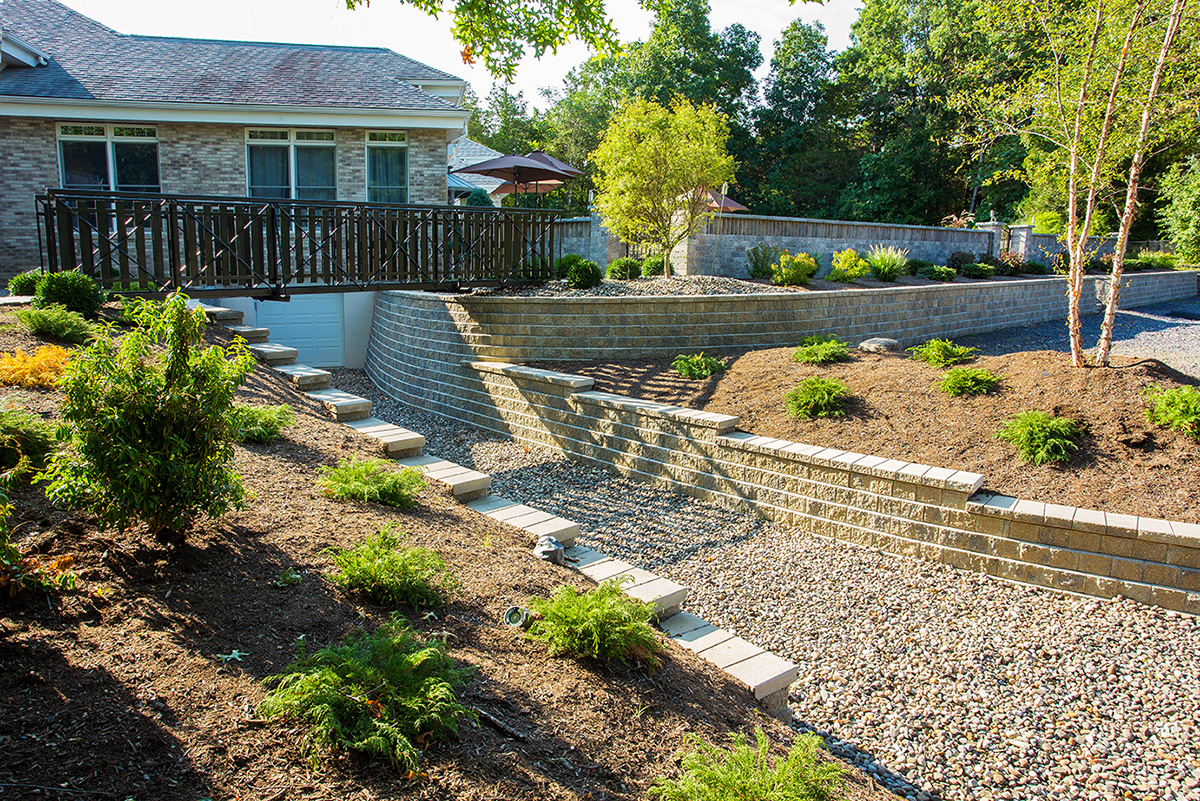 Tiered Walls and Garden Beds with mulch
Tiered Walls and Garden Beds with mulch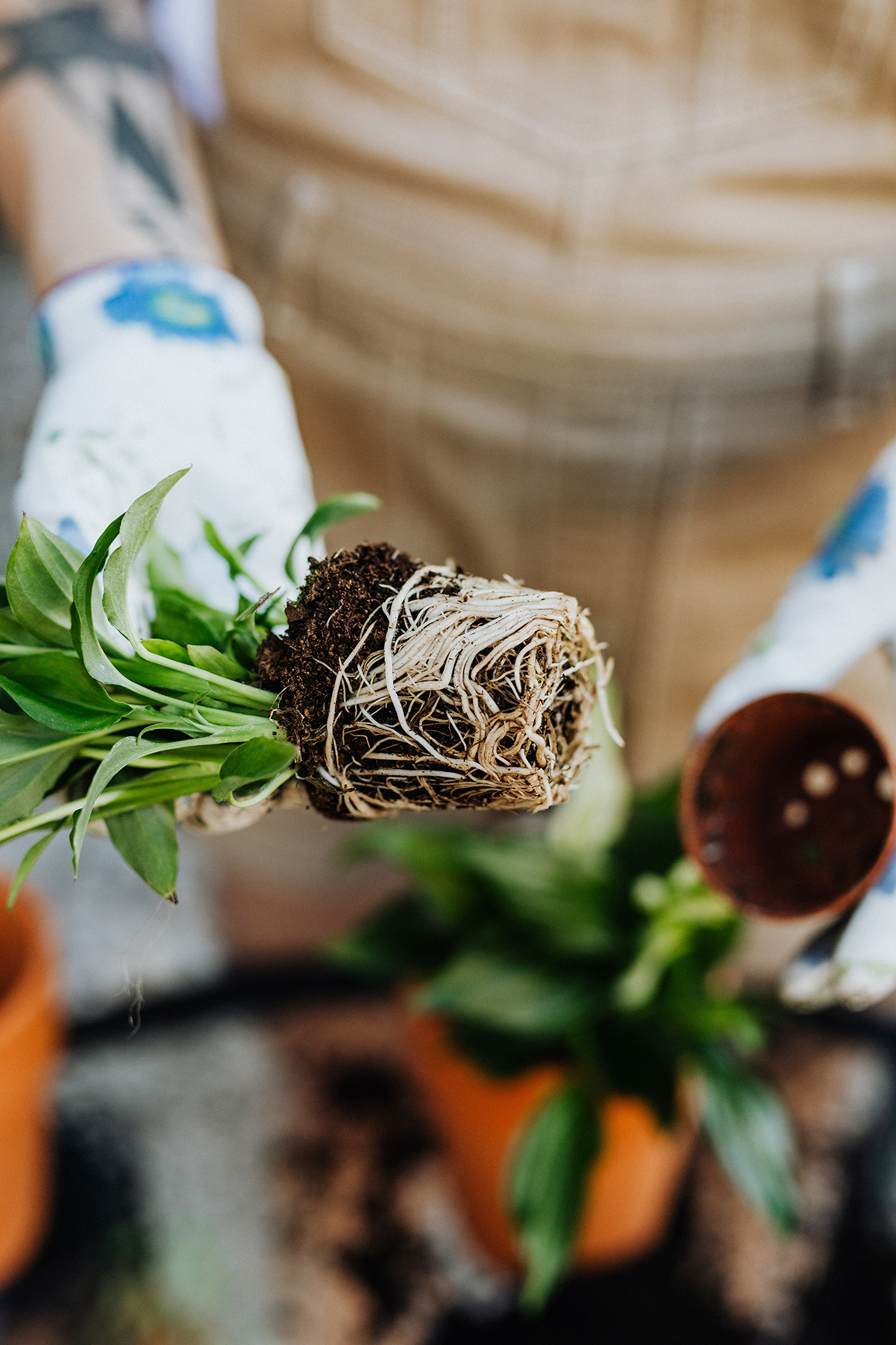 Tap-root systems have one main root with smaller roots branching off. They are deep roots and usually associated with young woody plants, nonwoody perennials, and root vegetables such as carrots and beets. Once these roots are established, they need more water, but less frequency. Plants with tap roots are also more difficult to transplant as the main tap root runs deep into the soil. For propagating, try using a cutting or the plants seeds instead of dividing.
Tap-root systems have one main root with smaller roots branching off. They are deep roots and usually associated with young woody plants, nonwoody perennials, and root vegetables such as carrots and beets. Once these roots are established, they need more water, but less frequency. Plants with tap roots are also more difficult to transplant as the main tap root runs deep into the soil. For propagating, try using a cutting or the plants seeds instead of dividing.